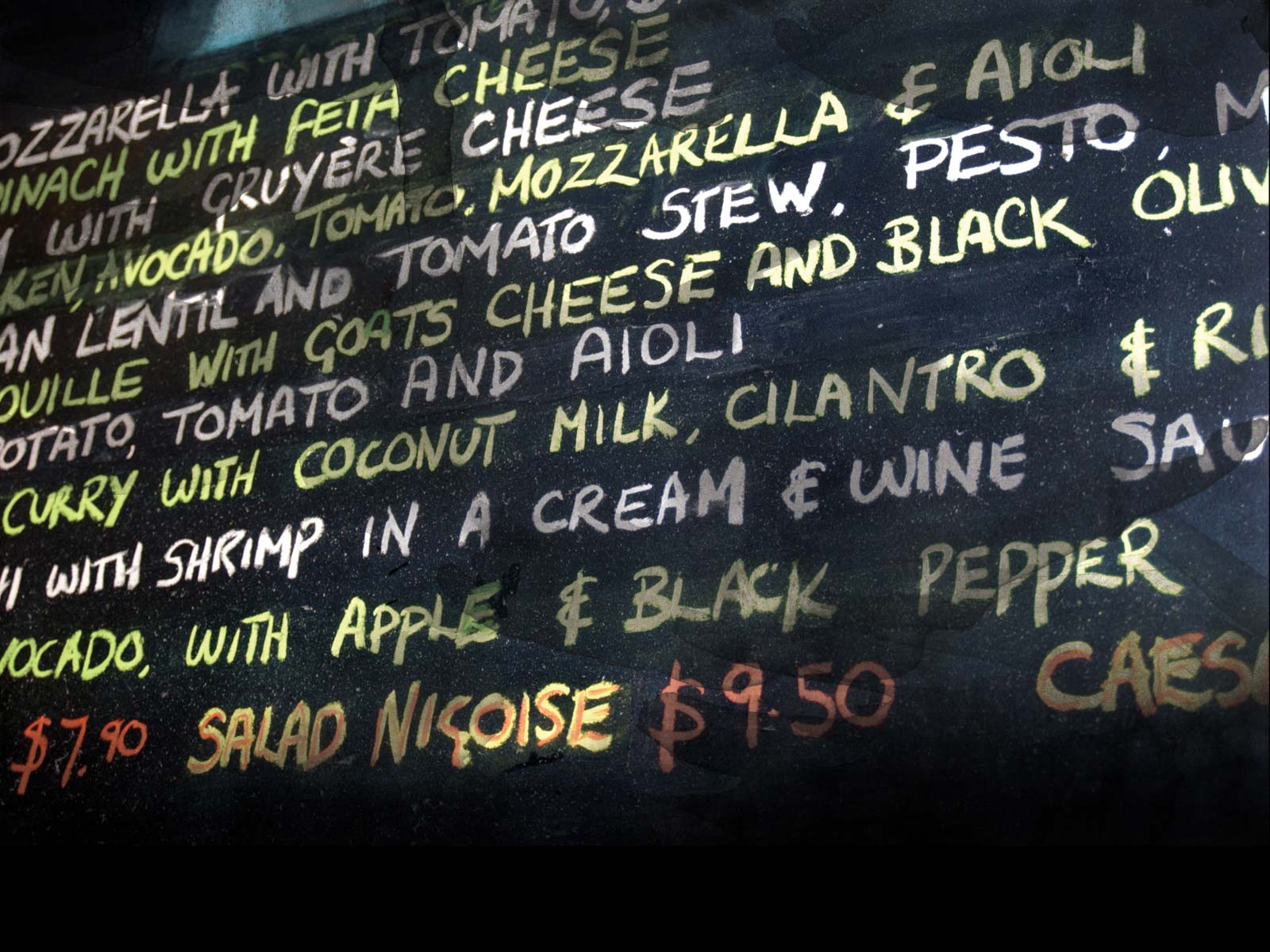I’m always equal parts excited and leery when a new restaurant adjusts something about its core concept. The change tells me that either management has learned and adapted, or they’re grasping for a life raft. Whatever the motivation, it’s must-see TV when a place calls an audible. I’m first in line to see the new mojo at work or a total meltdown.
A while back, Oni Ramen (2801 W 7th St, 817-882-6554) changed its service concept from an order-at-the-table-from-your-waiter system to a walk-up counter. Chef Jesus Garcia’s more than two-year-old standout eatery had been struggling with service issues since it opened –– long wait times, missed orders, constantly running out of certain ingredients –– but has finally seemed to figure out a way to serve diners food without making them angry first.
Newly opened MidiCi (817-349-0031), one of a slate of new chains to recently open in the Left Bank development, did a reverse Oni –– management decided to eschew the walk-up counter in lieu of table service. And if my recent visits are any indication, management still has work to do.
Full disclosure: I never visited MidiCi before its change, so I have nothing to compare it to. For my research, I spoke to Weekly reviewer Kristian Lin, who praised the eatery for its “food [that] delivers too well for its price point” (“Back in Old Napoli,” April 4). Lin said service was smooth on his visits and couldn’t guess why MidiCi is changing the system altogether, adding, “I preferred it the way it originally was.”
This is just wild speculation, but I can only imagine that MidiCi’s powers that be wanted an overall fancier feel to the place – service that might match the chain-swanky décor, replete with old-timey silent Italian movies projected onto the wall, a curvy stone recessed-lit bar (formerly the counter), contoured leather banquets, dark tables with gorgeous cast-iron bases, geometric light fixtures, high-vaulted ceilings, a striking live olive tree growing in the middle of the dining room, stunning golden c ovens, and a landscape dotted with potted plants. Also probably contributing to the decision is that, for many of us, seeing a long line evokes a psychological barrier that might drive us to one of the many other nearby culinary ports of call.
The problems for my guest and me arose upon arrival, when, despite there being only two other tables in the spacious dining room, we waited for what seemed like a few minutes. No biggie. We were eventually shown to a table, and our server took our drink orders. Then we waited. I’m not sure how far I could have gotten into The Brothers Karamazov, but Fyodor Pavlovich might have been a goner by the time I saw water.
The wait for food was even more agonizing. If I had the kind of gig that required me to return to work at a certain time, I might have asked our server to box up our lunches. Few people have more than an hour for lunch. Our visit topped that and more.
The good news is that the food is worth the wait, and the prices are more than reasonable. The burrata with melon and prosciutto ($11), served with sweet cantaloupe, gossamer-thin, salty ham, soft cheese, and balsamic-drizzled bread, was as balanced and delicious an appetizer as anything you’d find on far tonier menus.
The double pepperoni pizza ($13), with fresh-tasting tomato sauce, bubbling patches of mozzarella, pepperoni, and spicy Italian sausage, all on a well-seasoned soft-but-not-soggy crust, was eye-popping and tasty. The warhorse Italian classic pasta, spaghetti Bolognese ($12), was a picture of restrained elegance, with ground angus beef, punctuated by a zesty tomato sauce, flecks of herbs, and a generous supply of Parmesan cheese – a dish that probably wouldn’t have tasted so refined in a to-go box back at the office.
I hope the staff finds a raft soon. I’d hate for the front of the house to drown the back.














